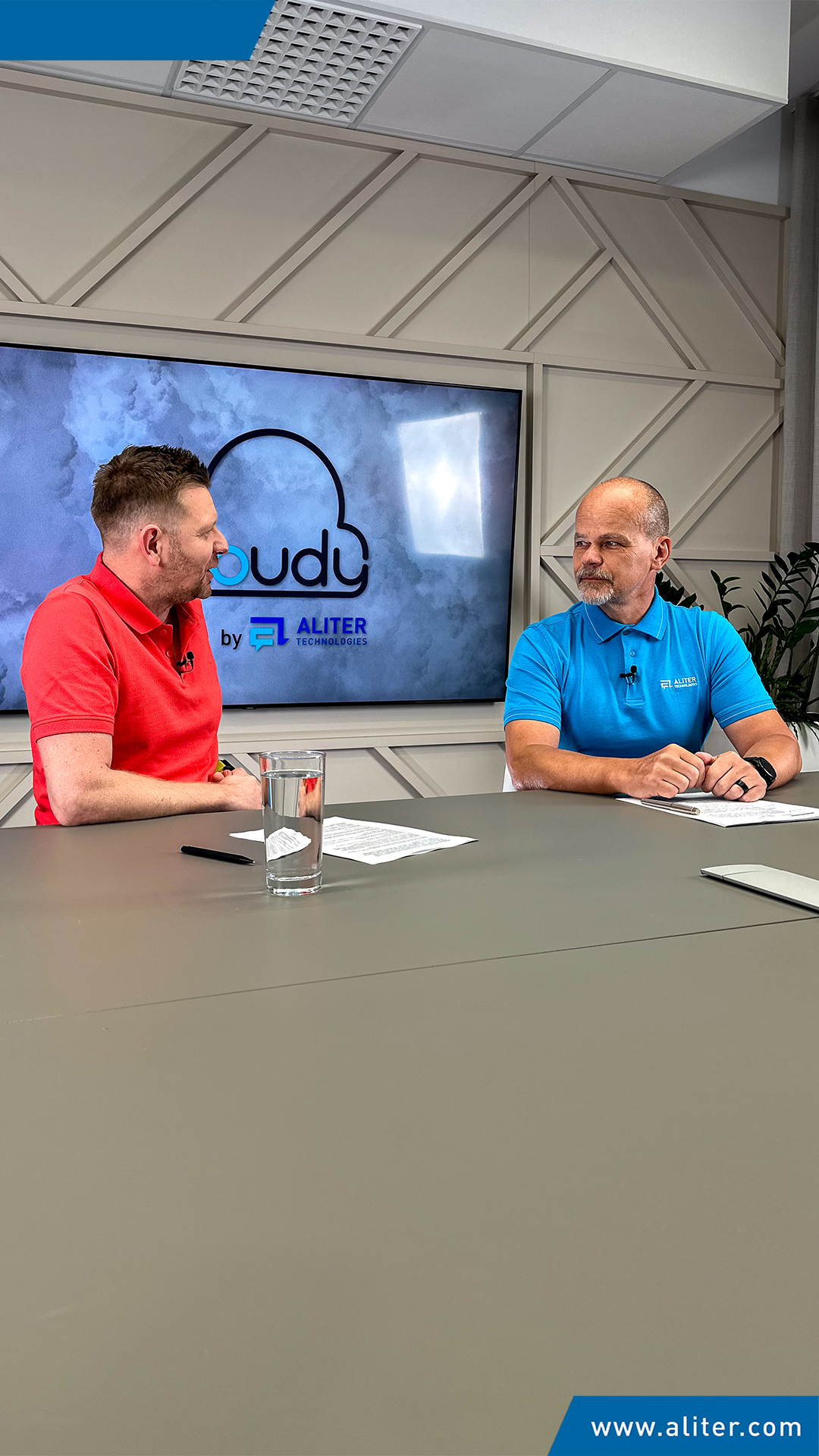CLOUDY podcast | #16 Tactical Communication (Part 1)
- News
What is tactical communication anyway?
We are used to the fact that in cities, everywhere where there are many people, we have established communication networks. We usually register them through emails, web browsers, phone calls, video calls, and all this actually happens in the background with the infrastructure that allows for huge transmissions.
But the moment we go somewhere outside in nature, we go to the field or somewhere far from these cities, we find that the signal is missing. This means that this is an environment where we would need to ensure this communication.
We call this kind of communication tactical. Tactical because it mainly concerns tactical units, which in our case are primarily soldiers, police officers, firefighters... A unit that has its own purpose, has a role outside the occupied urban areas and must sometimes bring tactical communication with it.
Why is tactical communication important at all?
During everyday life, when we are at home, e.g. during the holidays and we use our mobile phones, we actually live our peaceful lives and nothing happens. The moment something starts happening and it can be a small, insignificant event like a holiday and we all start sending mass SMS messages and making phone calls, we suddenly find out that the network has some outages and we can't call our family, we can't send an SMS. It's a little uncomfortable, but we are willing to accept it somehow, because it's temporary.
But a tactical unit that is going to perform, for example, a combat mission cannot afford to wait with information for its headquarters. Or firefighters are putting out a fire, so they have to be sure that the information they process, the report or request for help, that such information must be immediately sent to the headquarters, or to a higher level or to the cooperation team that is somewhere else. And they simply have to agree at that moment.
On what principle does it all work?
When we talk about tactical communications, we usually don't want to rely on those networks that are built in urban areas, but we try to either bring and build our own communication technologies, whether it's a satellite or some kind of pre-deployed, prepared communication network, or it can be a rented cloud, a cloud service that I pay for and have a certain reserved communication band where I can transmit these things.
What is the use in practice?
In peaceful life, it is primarily the activities of rescue services, such as paramedics or police officers, something that we can see more often than the activities of military units. It involves local processing of information and then its transmission to, for example, a health center or the police headquarters, where this information is collected and then evaluated.
These units usually use their own radio stations, have their own dedicated communication bands, or use some rented cloud service that allows this information to be shared.
What about security?
We ensure the security of communication exchange, for example, by encryption. This is done so that these encryption mechanisms are guarded and not everyone can access them. People must have special authorization to be able to familiarize themselves with them and work with them. This ensures that only the people designated for that purpose have access to truly sensitive data.
What are the basic requirements for tactical communication?
Tactical communication has 5 basic requirements:
1. Speed - I want my data that I process to leave immediately and arrive at its destination.
2. Reliability - So that it doesn't happen that an antenna stops working or a server goes down and the entire system fails.
3. Security - That's the encryption we talked about, so that I can be sure that no one will manipulate my data.
4. Simplicity - It is in my interest that an ordinary person can work with the system so that I don't have to train them specifically.
5. Interoperability - This means that such a system will be able to cooperate with other similar systems and they will understand each other.

Aliter Technologies also offers solutions, can you describe them to us?
Aliter Technologies primarily uses high-quality and recognized products to build its devices. Such devices are then hardened and prepared to work in very demanding conditions. We are talking about preparation for testing according to demanding American standards, which are referred to as MIL-STD, are generally recognized in NATO.
COMTANET® is designed to build communication technologies for military command posts or for civilian crisis management posts. And it essentially allows you to replace civilian infrastructure in demanding field conditions. It is a technology that is characterized by routers, switches, servers, communication gateways, power supplies...
COMTAG® is a communication technology designed for vehicles such as police, fire or military, i.e. large, heavy vehicles in which conventional communication technology would not withstand e.g. dust, water, vibrations. It allows the crew to communicate with each other, for example via headphones, microphones... So that the crew from the vehicle can communicate with the crew outside the vehicle, so that the vehicles can connect with each other, or connect such vehicles to a higher level, etc.
You can listen to the entire podcast on Spotify or watch it on YouTube.


